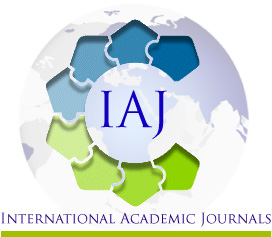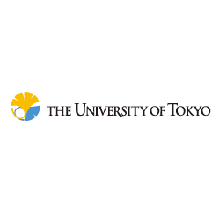EFFECT OF VALUE CHAIN ON COMPETITIVE ADVANTAGE IN THE INSURANCE INDUSTRY IN KENYA
Ngunjiri Jane Nyambura - Master of Business Administration (Strategic Management), Kenyatta University, Kenya
Dr. Mary Ragui - Department of business Administration, School of Business, Kenyatta University, Kenya
ABSTRACT
The underlying objective1 of the present study was to analyze the effects1 of the value chain on organization competitive advantage with focus to insurance industry in Kenya. An analysis of value1 chain1 is helpful to a firm1 in the identification of bottlenecks. For easy survival in the market, companies have to have a competitive advantage over others. Like any other service industry, insurance industry functions in a lean, crowded and significantly very competitive industry. The fear of the new businesses that enters the industry is not only high but also unavoidable in the long run, the product offered in the market are not differentiated while all industry participants have a direct through way to the channels of distributions. The ordinary insurance consumer is significantly price sensitive because of the accessibility of the perfect product and service alternatives in the market and inadequate purchasing power possessed by the potential clients. Additionally, information communication technology application which is vital in this sector is underutilized thus low innovation rate in the sectors. Human capital that is required to fill this gap is severely depressing within the market however they are significant for the operation, marketing and sales services unit. This leaves the consumers with only option to buy available products to the known companies in the sector causing the organization that is less competitive to perform dismally due tom lack of competitiveness. This1 study aimed to find1 out the1 effect of value chain on the competitive advantages of the insurance industry in Kenya. This research was based on the Resource-Based Theory, Competitive Advantage. The study focused on four variables, that is, marketing, operations, innovations and human resource management. Descriptive research design was utilized for the research. A total of 55 insurance companies these companies are licensed by Insurance Regulation Authority. The census sampling techniques was utilized in this research since the number of the companies targeted were small and manageable, 2 respondents were targeted in each company. Primary1 data1 was adopted in this research where questionnaire1 was utilized to collect the data. 1Descriptive statistics1 was emphasized to therefore analyze1 the data. To test the 1relationship between1 the dependent1 and independent1 variable, inferential statistic was utilized to establish the relationship. Quantitative1 data was1 presented using tables1 and figures. It was1 confirmed that organization competitive advantage and innovation, human resource management, marketing and operation have a positive relationship. The independents variables researched, represent 83.4% to the firm competitiveness as represented by the R2. Study also found that operation contributes most to organization competitive advantage followed by innovation then marketing while human resource management added less to organization competitive advantage. Study recommends that any institution that aims to be market leader in the market should consider innovation as part of its operation.









